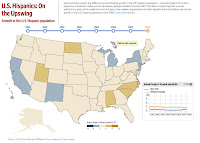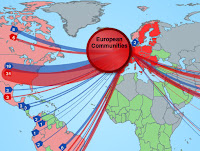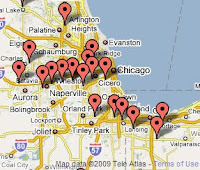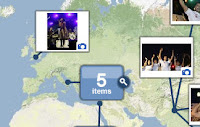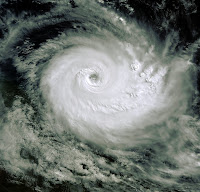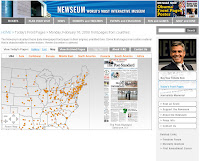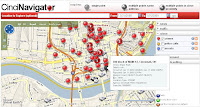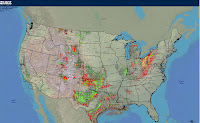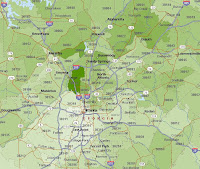Show me the Map on Climate Change: Time Magazine Misses Opportunity
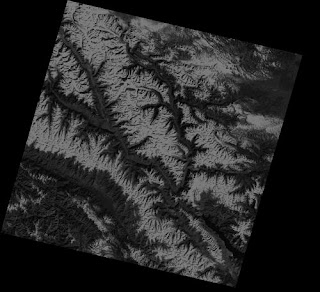
Page 60 of the December 14th issue of Time Magazine has a wonderfully useless map of Northern India that focuses on the small city of Leh. I visited Leh in 1979 and it is indeed on the top of the world. The focus of the Time article was climate change and the vanishing glaciers that feed the Indus and Ganges rivers and thus the population of millions of people. Where the map fails is in the type of map it should have displayed. Time should have contacted the USGS where satellite images of the last 30 years showing comparisons of the region and would have allowed readers to SEE the changes. Just a map isn't cutting it anymore. The public is quite familiar with satellite imagery. Just ask any elementary school-aged student and they would be happy to show their parents how to use Google Earth. The USGS's EarthExplorer will allow the public to download imagery, many for free, such as the November 15, 1972 image of Leh and the Ladakhi Himalaya above. Time Magazine should hav

